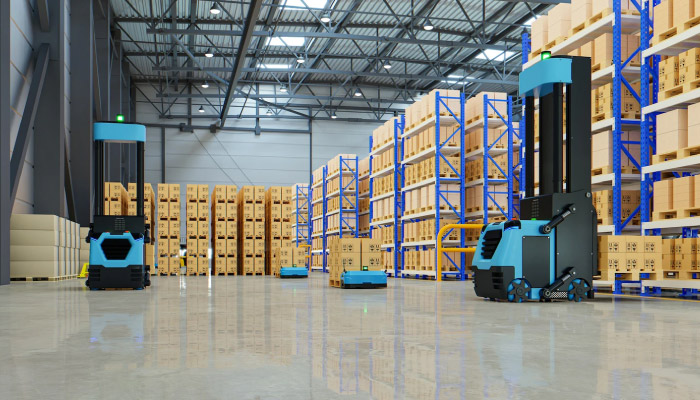Case Studies
Scheduling for Hospitals with ‘What-If’ Analysis
Currently used by a medical group consisting of 30 odd physicians and support staff, serving four 500-bed hospitals and 2 nurseries.
Achieved 20% savings on OpEx costs.
Combined Delivery & Transportation Scheduling with ‘What-If’ Analysis
Mitigated scheduling inefficiencies eliminating drudgery. Maximized profit by optimizing resource, time & cost models simultaneously.
Achieved 15% savings on OpEx costs.
Optimized Production & Distribution Capacity, & ‘What-If’ Analysis
Optimized transportation, logistics, production, and distribution capacity using scenario analysis.
Maximized profit by optimizing time and cost models simultaneously.
Scheduling for Workload Management for an Insurance Company
Helped the company with data extraction, integration and AI/ML analysis.
Generated upto 20% savings in OpEx.
How will you benefit?
- Access to AI driven SaaS that optimizes work allocation and ‘What-If’ Analysis
- Balance important tasks before they become urgent
- Simultaneous time and OpEx minimization
- Easy software integration with leading tools
- Manages custom parameters (preferences, team chemistry and time-zones)
- Preserves and aligns business priorities of tasks
Only with TimeMint
AI powered work allocation and ‘What-If’ Analysis software
White Papers
AI/ML Driven Scheduling Hospitalist & Nurse Scheduling for Healthcare Industry
TimeMint solution for AI/ML driven predictive scheduling and workload management, has generated upto 20% savings in OpEx for clients.
AI/ML Driven Scheduling Predictive & Dynamic Scheduling in F&B Industry
In a typical work-to-workforce schedule optimisation, the TimeMint AI solution results in upto 20% cost and time saving across weekly & monthly schedules.
What our customers are saying…
“As much as we are exceedingly committed to the excellence of our work, we are equally committed to the quality of the relationships we build. We work directly with brands and clients from all around the world.”
“I am a Senior Director at a Fortune 500 company. We use TeamPeak™ Business as a rule-of-thumb check to ensure that we handle the important tasks correctly, and to plan for resources ahead of time. I am very happy with the results.”
“I use TeamPeak™ Personal. It helps me schedule family tasks, from my kids’ science projects and recitals to paying the bills, and it automatically schedules them before they become urgent. With TeamPeak, nothing slips through the cracks. We save a lot of time, and we accomplish a lot more.”
Optimizing scheduling algorithm for windmills
Our AI-model aims at maintenance scheduling of wind mills for a multi-component system. Which of the components should undergo maintenance replacements first is decided by ‘What-If’ Analysis. Compared to the other models, the TeamPeak model produces an optimal schedule only for the next maintenance activity. By focusing on a shorter planning horizon and implementing a different model structure, we succeeded in substantially reducing the computational time.
Our software also optimizes scheduling with energy storage system (ESS) that has economic feasibility. ‘What-If’ Analysis considers forecast errors with the ESS for real-time control.







